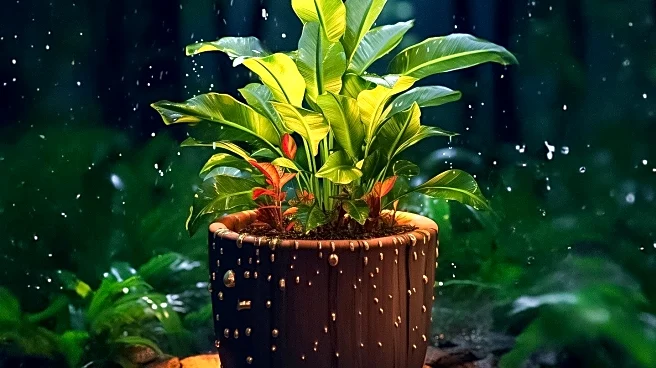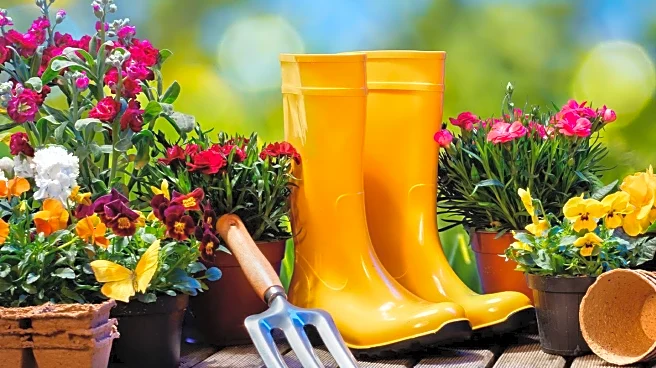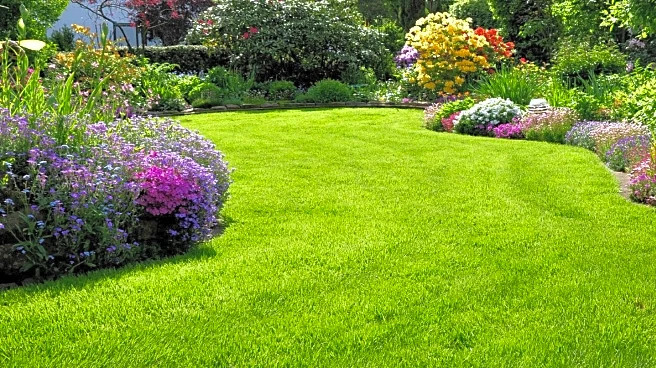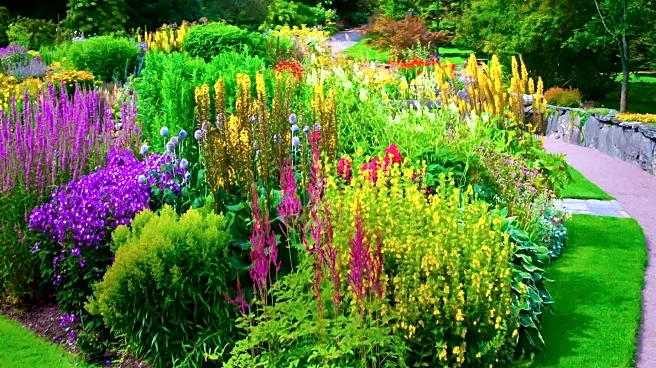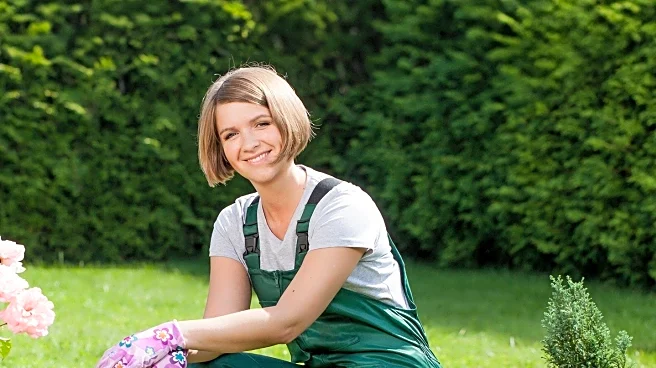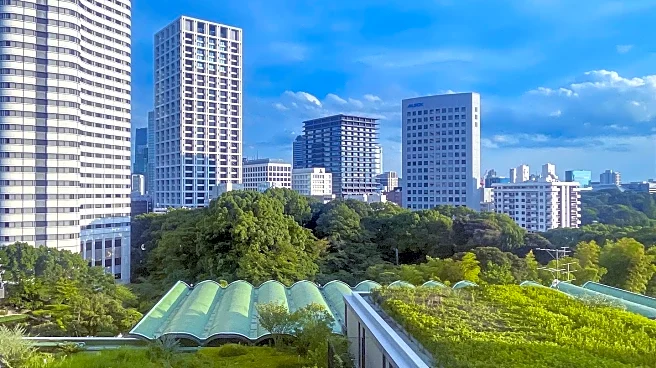What's Happening?
Asters, commonly known as Michaelmas daisies, are gaining renewed interest among gardening enthusiasts. Despite initial reservations about their lilac color and bushy appearance, these shrubby daisies are proving to be a valuable addition to gardens, especially in late September. Asters are easy to grow, adaptable to part shade or full sun, and require minimal maintenance, making them suitable for various garden spaces. The article highlights the potential of asters to fill garden gaps during autumn, offering vibrant colors and structural interest. With varieties like 'Violetta' providing deep purple hues, asters are becoming a favored choice for gardeners looking to enhance their autumn landscapes.
Why It's Important?
The resurgence of interest in asters reflects a broader trend in gardening towards embracing plants that offer seasonal diversity and low maintenance. As gardeners seek to create visually appealing spaces year-round, asters provide an opportunity to extend the blooming season into autumn. This shift in perception can influence gardening practices, encouraging the use of plants that thrive in different conditions and contribute to sustainable gardening. The popularity of asters may also impact the horticultural industry, driving demand for diverse plant varieties and influencing garden design trends.


